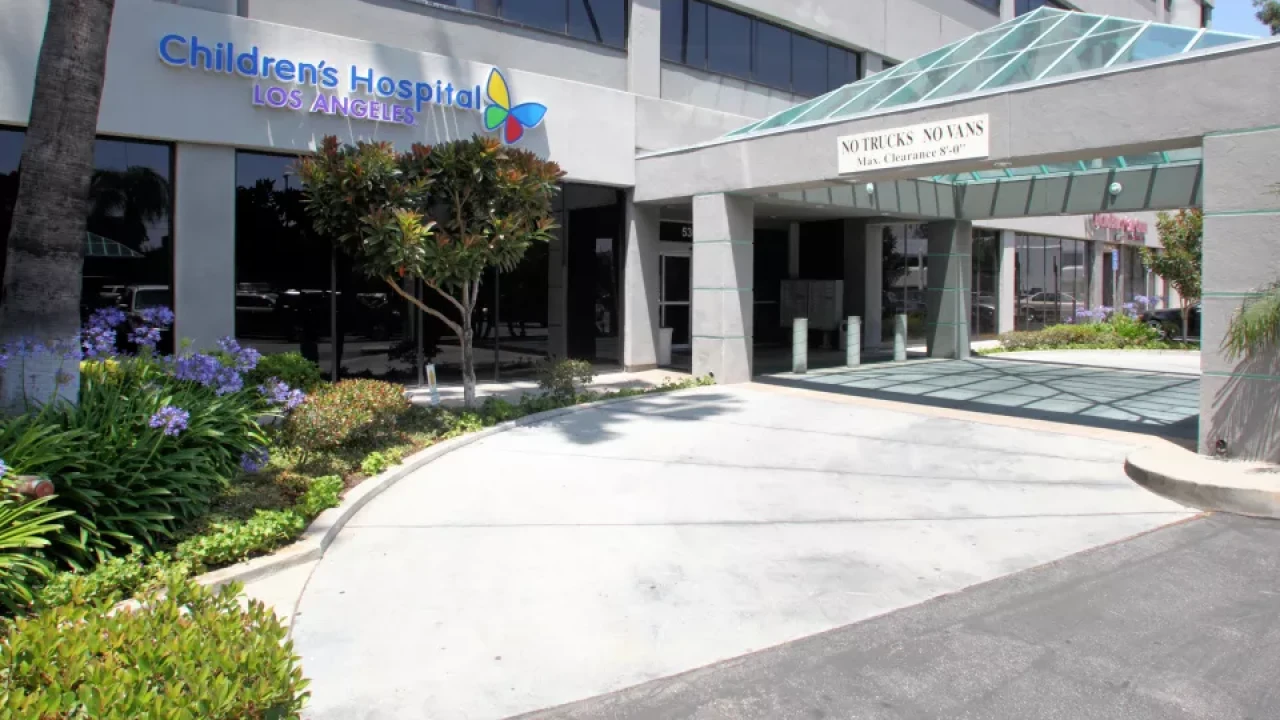
DALLAS — As a young agency with a senior debt rating at the lowest rung of investment grade, the Central Texas Regional Mobility Authority needed an innovative approach to finance its latest project known as the 183A Toll Road Extension.
To get the next phase of the successful toll road under way as soon as possible, the CTRMA devised a sophisticated $140 million deal through its underwriter JPMorgan that involved private placement of $45 million of unrated subordinate Build America Bonds and $95 million of tax-exempt senior bonds priced in the public debt market with a BBB-minus rating.
After the deal was completed last week, the CTRMA emerged with an average interest cost of 7.2% over 30 years, a rate the authority considered within its means.
The privately placed taxable BABs offered a yield of 11.63%.
"Our bond sale was extremely well received," said executive director Mike Heiligenstein. "More than 35 different investment firms placed orders for our bonds, with demand exceeding supply. That resulted in lower interest rates, which will save our community millions of dollars over the life of the bonds."
According to bankers who worked on the deal, the transaction was ground-breaking in that the BAB portion was the first debt of its kind placed with a manager of international pension funds — in this case, CityView/AE Capital Advisors of Australia.
"To our knowledge, this is the first long-term sub-investment grade BAB deal that we've seen done," said Marshall Crawford, managing director of JPMorgan's transportation group, referring to the privately placed BABs.
The direct placement of the BABs allowed the public authority to tap into a source of borrowing that would be comparable to the equity a private toll road developer might use, Crawford said.
Of the $45 million placed with CityView/AE, some $35 million was fixed-rate, and $10 million was tied to the consumer price index, mimicking toll rates on the 183 tollway, according to Bill Chapman, chief financial officer of the CTRMA.
That provided a hedge against inflation on both ends, he said.
Because the BABs are taxable, they appealed to a wider investment base than non-investment-grade tax-exempt paper would have.
"This is exactly what BABs were designed for, to try to expand the investor base," said James Lansing, managing director at JPMorgan. "Originally they were introduced to try to help the large, investment-grade deals move. This was a significant change in the ability to attract high-yield buyers."
Chapman said the CTRMA, formed in 2003, hired JPMorgan to find investors for its non-investment-grade debt after the public debt markets began to falter in 2008.
One of the agency's goals was to preserve its public debt capacity and preserve its investment-grade rating on the senior lien.
"They were able to borrow at a much lower coverage level here than they could if they were trying to keep this all investment grade and go to the traditional tax-exempt capital markets," Crawford said.
The original plan was to seek federal funding through the Transportation Infrastructure Finance and Innovation Act, but the CTRMA said the funding was not available.
As a start-up agency, it needed flexibility as it anticipates toll revenue increases.
"The Build America Bonds are similar to a second mortgage and are subordinate to our other debt," Heiligenstein said. "They will give us greater flexibility to borrow additional money in the future to fund other critical projects."
The bankers and CTRMA officials said the financing could provide a template for other issuers, particularly toll authorities in similar circumstances.
"It's taken issuers some time to understand all the possibilities of how you can use BABs," Lansing said.





